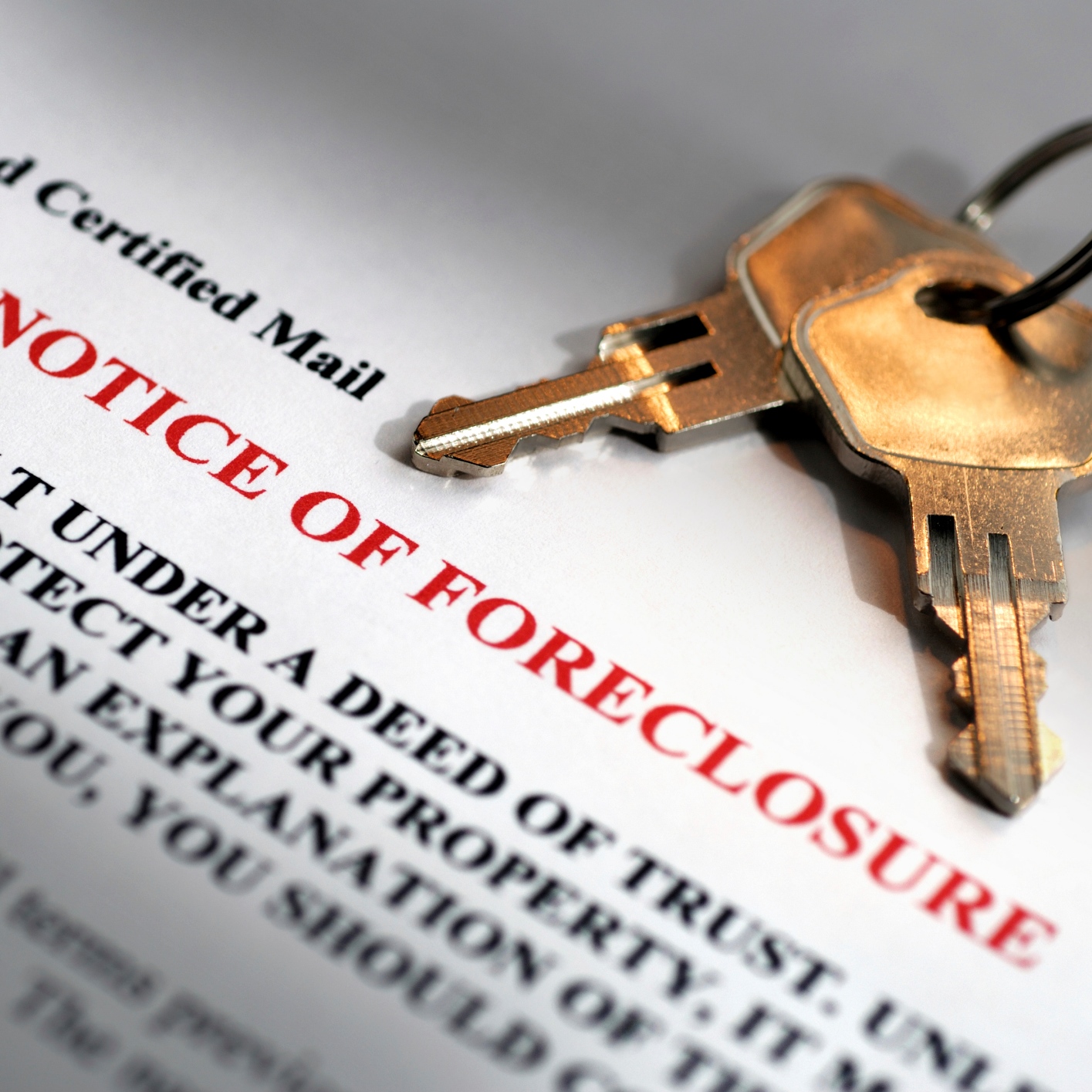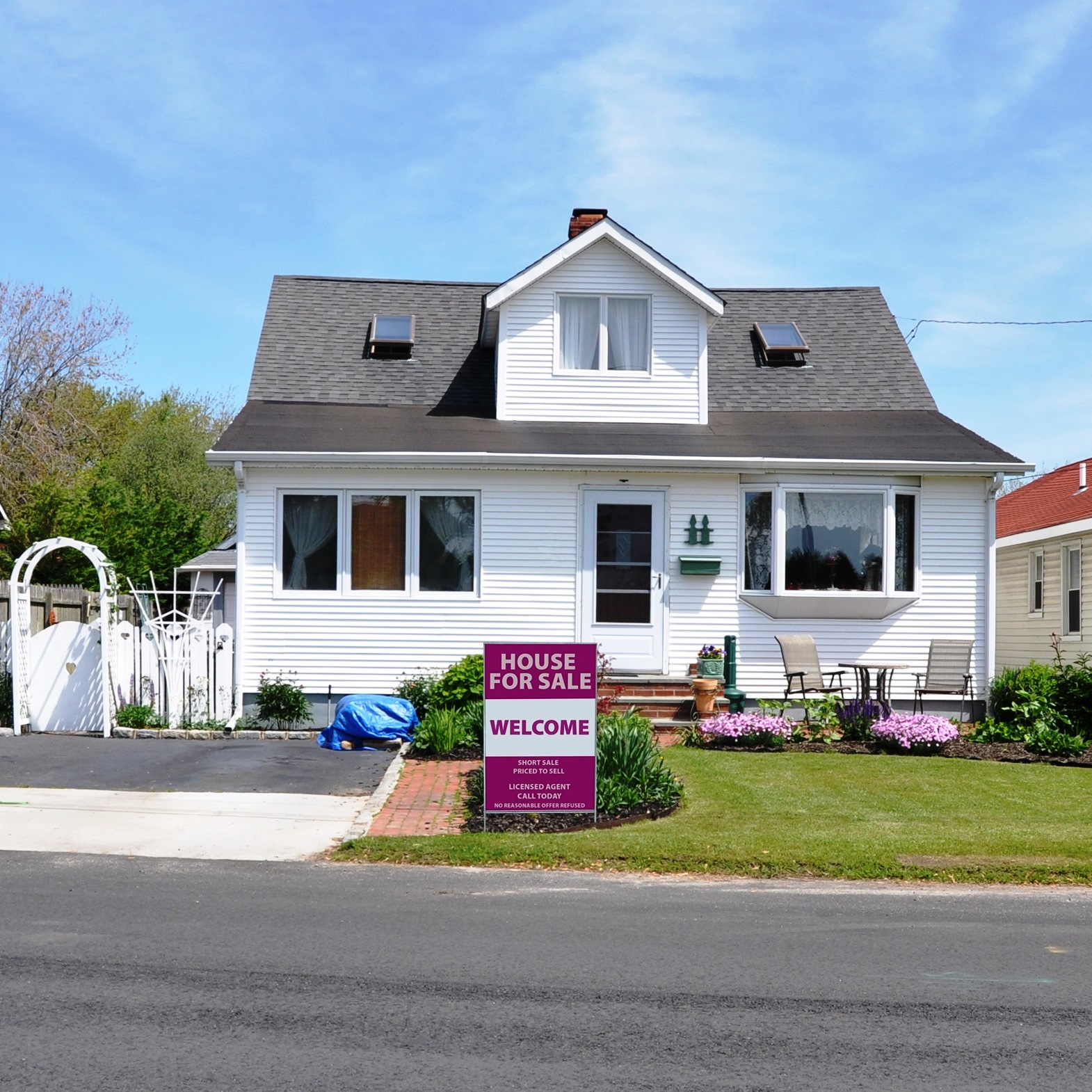
The share of home mortgage loan payments that are 30 days or more past due fell from 5.3% in June 2016 to 4.5% in June 2017. The foreclosure inventory rate fell from 0.9% to 0.7% in the same period.
The share of mortgages that transitioned from current to 30 days past due was 0.9% in June 2017, unchanged compared with June 2016. This year’s rate is below the transition rate of 1.2% just before the housing crisis struck, and well below the peak rate of 2.0% in November 2008.
The data were reported Tuesday by CoreLogic in its Loan Performance Insights report. Early-stage delinquencies, defined as 30 to 59 days past due, were trending slightly lower in June 2017 at 2.0% compared with the year-ago rate of 2.1%. The share of mortgages that were 60 to 89 days past due in June 2017 was 0.6%, down 0.1 percentage points compared with last year’s rate. According to CoreLogic, measuring early-stage delinquency rates is important for analyzing the health of the mortgage market.
CoreLogic’s chief economist, Dr. Frank Nothaft, said:
The CoreLogic Home Price Index increased 6 percent and payroll employment grew by 2.2 million jobs in the year ending June 2017, supporting further rate declines in delinquency rates. The forecast for the coming year includes 5 percent home-price appreciation and further job growth, putting renewed downward pressure on mortgage delinquency rates.
Frank Martell, president and CEO of CoreLogic, added:
After peaking at 3.6% in December 2010, June’s 0.7 percent foreclosure rate was the lowest in 10 years. Across the 100 most populous metro areas, the foreclosure rate varied from 0.1 percent in Denver-Aurora-Lakewood to 2.2 percent in New York-Newark-Jersey City.
The three states with the lowest 30-plus delinquency rate in January 2017 were North Dakota (2.0%), Colorado (2.2%) and Montana (2.5%). The 30-plus delinquency rate was highest in Mississippi (8.2%), Louisiana (7.6%) and New Jersey (7.0%).
Take Charge of Your Retirement In Just A Few Minutes (Sponsor)
Retirement planning doesn’t have to feel overwhelming. The key is finding expert guidance—and SmartAsset’s simple quiz makes it easier than ever for you to connect with a vetted financial advisor.
Here’s how it works:
- Answer a Few Simple Questions. Tell us a bit about your goals and preferences—it only takes a few minutes!
- Get Matched with Vetted Advisors Our smart tool matches you with up to three pre-screened, vetted advisors who serve your area and are held to a fiduciary standard to act in your best interests. Click here to begin
- Choose Your Fit Review their profiles, schedule an introductory call (or meet in person), and select the advisor who feel is right for you.
Why wait? Start building the retirement you’ve always dreamed of. Click here to get started today!
Thank you for reading! Have some feedback for us?
Contact the 24/7 Wall St. editorial team.
 24/7 Wall St.
24/7 Wall St.

